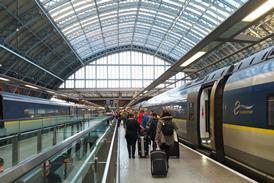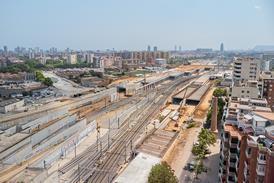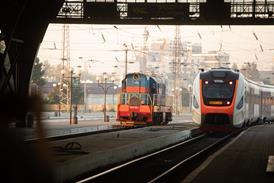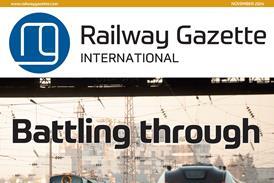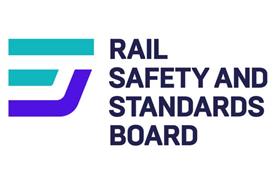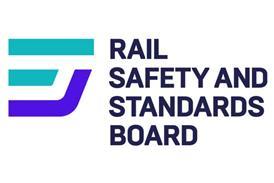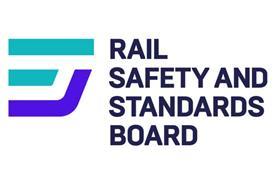Crashworthiness requirements for rail vehicles have been proposed in a draft for Part 2 of European standard prEN12663. Based on common accidents and associated risks, the draft provides a framework for determining the crash conditions that bodyshells should be designed to withstand and defines passive safety features to meet the requirements. The static compression load requirements on vehicle ends, as required by Part 1, are intended to provide basic structural integrity. Part 2 sets out the requirements for the controlled absorption of collision energy.
The specified protection for passengers covers preservation of survival space; limiting deceleration, if possible to 5g; preventing passengers from being ejected; preventing intrusion into the survival space; and minimising the consequences of hitting an obstruction on the track.
Part 2 specifies that the operator should determine the level of collision risks to be accommodated by a particular design and recognises that it is impractical to design a structure to protect the occupants in all accidents. The requirement is to provide a level of protection consistent with the probable collision risks.
Scenarios to be considered include collisions between two rail vehicles, between rail vehicles and objects such as lorries on level crossings, between rail vehicles and infrastructure items such as buffer stops, as well as collisions with objects placed on the track.
In the European technical Specification for Interoperability new standards for typical crash scenarios have been set. Based on the analysis of accident data under an ERRI study (B205), three reference scenarios were defined:
1. a head-on collision between two identical high speed trains at a relative speed of 36 km/h;
2. a collision at 36 km/h between a high-speed train and an 80 tonne four-axle wagon with side buffers;
3. a collision at 110 km/h on a level crossing with a 15 tonne lorry represented by a rigid mass presenting a vertical surface for impact.
No specific requirements are set to cover collisions on curves or side impacts.
The standards for crashworthy structures require the prevention of overriding, energy absorption, limits to deceleration, and deflection or removal of obstacles on the track that pose a derailment risk.
At each vehicle interface, energy must be absorbed progressively. Fig 2 shows the desired behaviour in an idealised manner. Energy has to be absorbed within elements A to D without significant permanent deformation of E.
CAPTION: Fig 2. Progressive absorption of energy
A Coupler - recoverable (normal buffing)
B Coupler - sacrificial
C Anti-climber/ Bumper
D Structure collapse zone
E Passenger/crew survival cell

